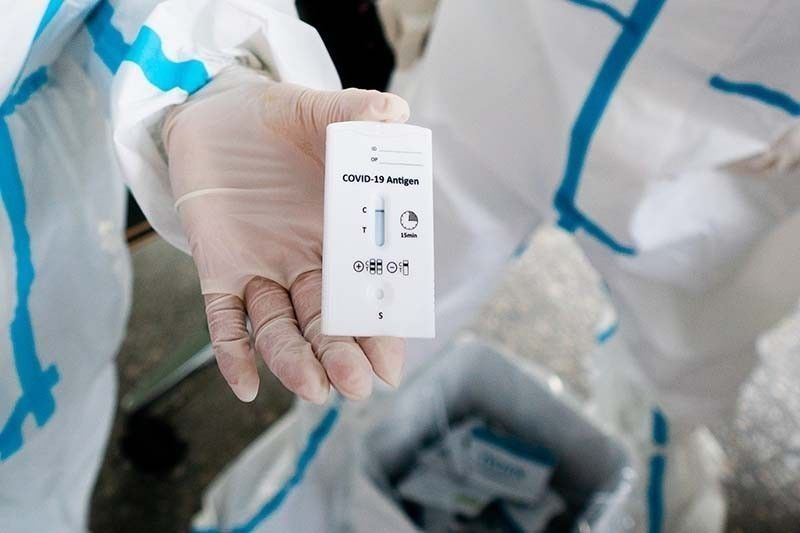DOH bares decline in RT-PCR testing

MANILA, Philippines — The use of reverse transcription – polymerase chain reaction testing to check if a person is positive for COVID-19 has significantly declined because “updated protocols have prioritized testing of more severe cases,” an official of the
Department of Health (DOH) said.
DOH Epidemiology Bureau Director Dr. Alethea de Guzman said RT-PCR testing has significantly declined since the first Omicron wave in January this year.
“From a peak of 90,000 samples a day before, we are now seeing 11,736 samples per day as of November 2022. So there was really a significant decrease in the samples being tested,” De Guzman said in a recent media forum.
“The changes in our testing protocols and people’s behaviors will affect and will result in the lower number of samples being tested. As such, results will likely show more positive individuals because the severe cases or those symptomatic are the ones getting tested now and are being confirmed as positive cases,” De Guzman explained.
Further, the health official said, “We’re shifting now from RT-PCR to more of antigen testing. At the same time, self-administered antigen tests have now become widely available.”
“There is also this common habit that if you are asymptomatic or you just have flu-like symptoms that are mild, you may choose not to get tested but rather isolate yourself and then inform whoever you had contact with to also observe themselves,” said De Guzman.
She then noted that a high positivity rate doesn’t equate to a high number of positive individuals. “The positivity rate will not tell you how large the number of cases are. It will just tell you what is the trend,” said De Guzman.
“If the positivity rate increases, that only means that the cases we’ve been seeing in a particular week or day are increasing in comparison to the previous time period. It is just showing us that there is growth in our cases,” she added.
“If the number of positive individuals is increasing, the positivity rate will go up. Though the increase in positivity rate could also be because there are less samples being tested,” De Guzman said.
She said having the same positivity rate does not necessarily mean a higher number of positive individuals: “In the period of June 20 to 26, 2021, our positivity rate was 11.7 percent comparable to the positivity rate for the week of November 20 to 27, 2022 which is at 11.8 percent. So almost exactly the same positivity rate.
“But if you look at the number of positive individuals, this November 27, we only had 9,700 positive cases. And if you look at the same number in (June) 2021, we are talking about 43,449 positive cases, exactly the same (positivity) rate and yet, we have less number of cases now compared to that time,” she added.
De Guzman then stressed that masking and improving ventilation should remain as safeguards, while active surveillance of new variants and new case profiles should be maintained.
The DOH also said that it will now be using total bed utilization rate, average daily attack rate and vaccination coverage as metrics to determine the alert level of areas. Meanwhile, other metrics such as the case growth rate, admission of severe cases, deaths and positivity rate will only be used for “internal monitoring.”
- Latest
- Trending
































